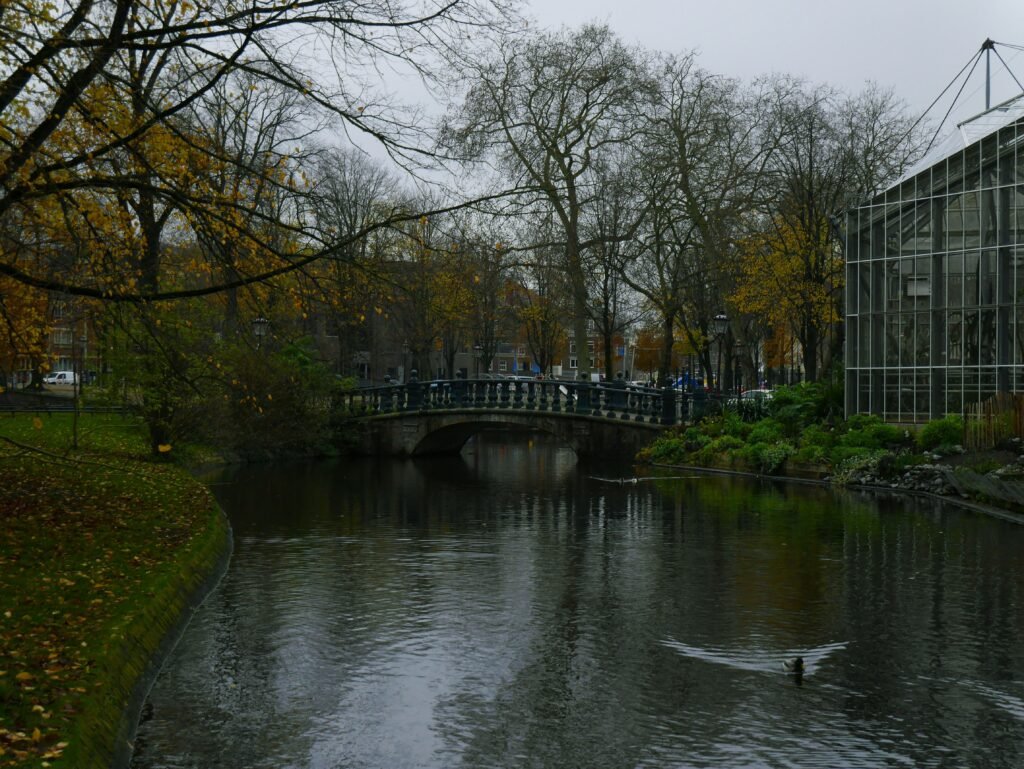
Essential Supplies for Koi Fish Care
To ensure a thriving environment for koi fish, it is crucial to invest in the right supplies. Starting with a suitable pond or tank, size is a primary consideration. A spacious pond not only provides ample swimming space but also allows for proper oxygenation and a balanced ecosystem. Generally, it is recommended that each koi has at least 250 gallons of water, accommodating their rapid growth and ensuring water quality is maintained.
Filtration systems play a pivotal role in maintaining water quality. A high-quality filtration system minimizes harmful bacteria and waste buildup, significantly contributing to the health of the koi. Biological, mechanical, and ultraviolet (UV) filters collectively create a clean and safe living environment. When selecting a filtration system, focus on one that is suitable for the pond size and accounts for the koi population.
Water quality management cannot be overstated, as koi are sensitive to changes in their environment. Tools such as water testing kits help to monitor pH levels, ammonia, nitrite, and nitrate levels. Keeping these parameters stable is vital for the koi’s health. Regular water changes are also recommended to prevent toxins from accumulating, maintaining a fresh habitat for the fish.
Nutritional needs must also be met through a carefully curated diet. Koi fish thrive on high-quality pellets, which provide essential nutrients required for growth and vibrant coloration. It is advisable to feed fish a balanced diet composed of varying protein levels, depending on their life stage and environmental conditions. Feeding schedules should be consistent, typically once or twice a day, and based on water temperature to prevent overfeeding.
Water treatments, such as conditioners to eliminate chlorine or harmful substances, and other essential tools like nets and buckets, contribute to overall koi fish care. These supplies ensure not only a high standard of living for the fish but also an enjoyable experience for the owner.
Best Practices for Koi Fish Upkeep
Ensuring the optimal health and well-being of koi fish requires adhering to best practices for their upkeep. One of the primary considerations in maintaining a thriving habitat is the cleanliness of the tank or pond. Regular cleaning routines should be established, including removing uneaten food, fish waste, and any debris that may accumulate. This practice not only helps maintain water quality but also minimizes the risk of disease outbreaks among the fish.
Monitoring water parameters is essential for koi fish care. The ideal pH level for koi ranges between 7.0 and 8.5, while ammonia and nitrite levels should remain at zero. Weekly testing of these parameters can help identify any issues before they escalate. Additionally, temperature fluctuations can significantly impact koi health. It is vital to monitor the water temperature, ensuring it remains within the suitable range for active feeding, generally between 65°F and 75°F. During colder months, feeding should be reduced as koi become lethargic and their metabolism slows.
Recognizing signs of stress or illness in koi fish is paramount for effective care. Symptoms such as erratic swimming, loss of appetite, or unusual markings on the skin could indicate that the fish is unwell. Early intervention is crucial; therefore, keeping a close watch on their behavior and physical condition is advisable.
Seasonal care needs also demand attention. In the spring, when temperatures rise, koi will require more frequent feedings, while in the fall, their food intake should gradually decline to prepare them for winter dormancy. Lastly, creating a harmonious aquatic environment is beneficial. Selecting appropriate plants can provide shelter and breeding grounds, while the strategic placement of the tank can contribute to the overall aesthetics while ensuring adequate sunlight exposure for plants and koi alike. By embracing these best practices, koi fish owners can foster a nurturing space where their koi can thrive throughout the year.